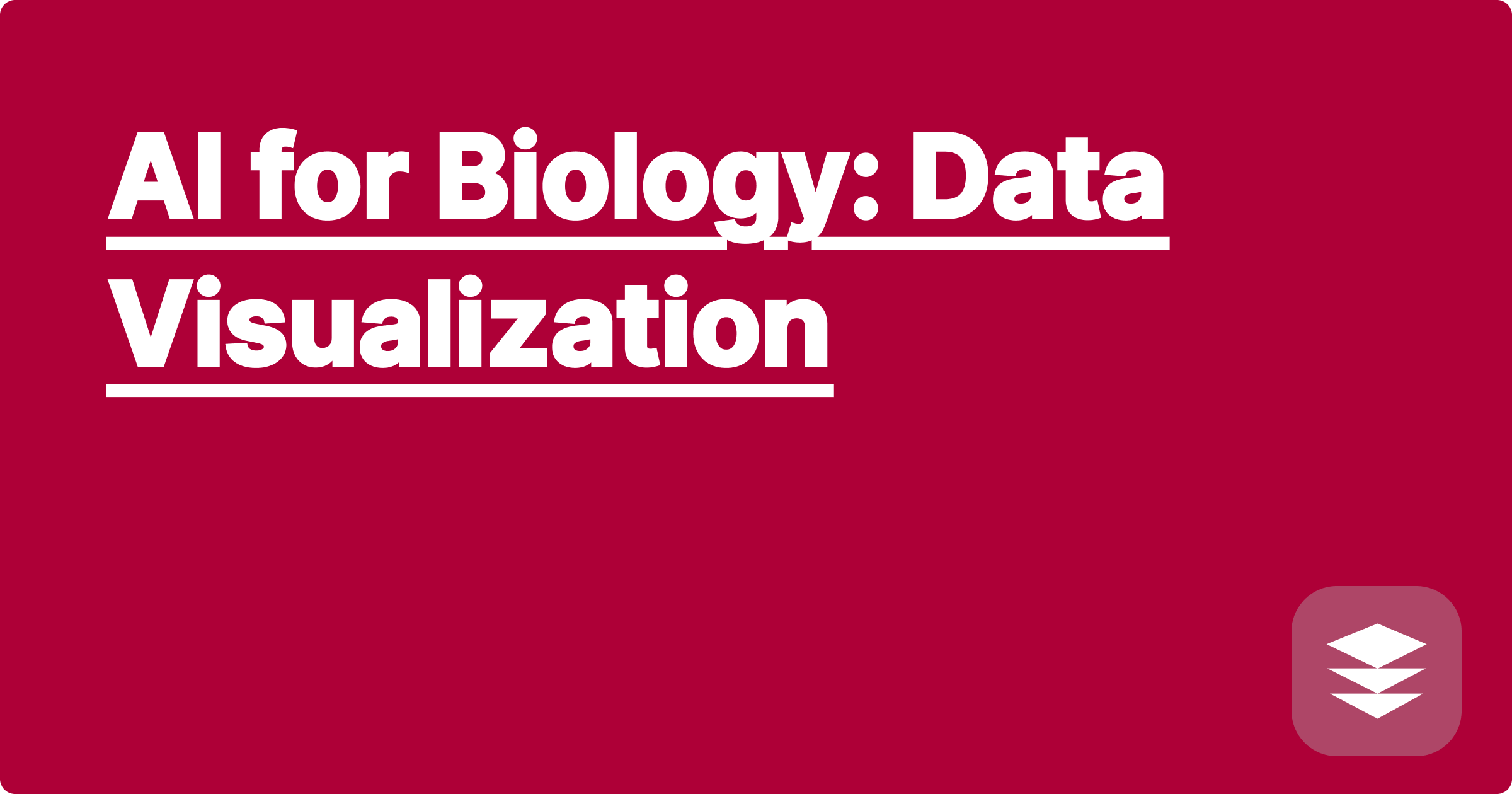
The sheer volume of data generated in modern biological research can feel overwhelming. From genomic sequences to protein interactions, the complexity demands efficient tools for analysis and interpretation. Traditional methods often fall short, struggling to keep pace with the deluge of information. This presents a significant challenge for STEM students and researchers, who need to efficiently process and understand this data to drive their research forward. Fortunately, artificial intelligence (AI) is emerging as a powerful ally, offering innovative solutions for data visualization and analysis, enabling researchers to unlock hidden insights and accelerate scientific discovery.
For STEM students, especially those working on complex research projects, AI-powered tools can be game-changers. Imagine having a virtual research assistant that can sift through mountains of data, identify patterns, and generate insightful visualizations in a fraction of the time it would take manually. This not only frees up valuable time for more critical thinking and experimental design but also empowers students to tackle more ambitious research questions. This blog post dives into the exciting world of AI for biology, focusing specifically on its transformative impact on data visualization. We'll explore practical applications, real-world examples, and actionable tips to help you integrate AI into your research workflow and boost your academic productivity.
Biological research is increasingly data-intensive. High-throughput technologies like next-generation sequencing and microscopy generate vast amounts of complex data, often exceeding the capacity of traditional analysis methods. Manually sifting through these datasets is time-consuming, prone to error, and can lead to missed insights. Furthermore, effectively visualizing this data to understand underlying patterns and relationships presents a significant challenge. Traditional plotting tools can become cumbersome and ineffective when dealing with multi-dimensional datasets common in biology. This bottleneck in data analysis and visualization hinders research progress and limits the ability to extract meaningful conclusions from complex biological systems.
AI-powered tools offer a revolutionary approach to tackling this challenge. Tools like ChatGPT, Wolfram Alpha, and specialized bioinformatics platforms are transforming the way we analyze and visualize biological data. These tools leverage machine learning algorithms to identify patterns, generate predictive models, and create interactive visualizations that reveal hidden relationships within complex datasets. For instance, AI can be used to cluster genes with similar expression profiles, predict protein structures from amino acid sequences, and even simulate the dynamics of biological pathways. Imagine exploring a 3D model of a protein interaction network, interactively highlighting key pathways and identifying potential drug targets. This is the power of AI-driven data visualization in biology.
Let's consider a scenario where you are studying the gene expression profiles of different cancer cell lines. You have a large dataset containing thousands of genes and their corresponding expression levels. Using a hypothetical AI-powered research assistant called GPAI (Generalized Personal AI), you can streamline your analysis. First, upload your dataset into GPAI. Next, ask GPAI to perform a dimensionality reduction analysis using techniques like Principal Component Analysis (PCA) to visualize the relationships between different cell lines based on their gene expression patterns. GPAI can then generate an interactive scatter plot showing the clustering of different cancer cell lines, highlighting potential subtypes and biomarkers. You can further instruct GPAI to identify the genes driving these differences and generate heatmaps or network diagrams visualizing their interactions. This entire process, which might take days or even weeks using traditional methods, can be completed within hours with GPAI, significantly accelerating your research.
The applications of AI-driven data visualization extend beyond genomics. In drug discovery, AI can be used to analyze large chemical libraries and predict the binding affinity of potential drug candidates to target proteins. Visualizing these interactions in 3D allows researchers to optimize drug design for improved efficacy. In ecology, AI can analyze satellite imagery to track deforestation patterns and predict the impact of climate change on biodiversity. Visualizing these changes over time helps inform conservation efforts. Even in materials science, AI can be used to analyze the properties of different materials and predict their performance under various conditions, with visualizations aiding in the design of new materials with desired characteristics. These examples demonstrate the versatility of AI-powered data visualization across diverse STEM fields.
To maximize the benefits of AI in your research, start by identifying specific tasks that can be automated or enhanced with AI tools. Focus on areas where you spend significant time on repetitive tasks, such as data cleaning, preprocessing, or basic statistical analysis. Experiment with different AI platforms and choose the ones that best suit your research needs and technical skills. Don't be afraid to explore online tutorials and resources to learn new techniques and optimize your workflow. Remember that AI is a tool, and its effectiveness depends on how you use it. By strategically integrating AI into your research process, you can significantly boost your productivity and unlock new avenues for scientific discovery.
Finally, embrace the iterative nature of research. Don't expect to master AI tools overnight. Start with small projects, gradually increasing the complexity as you gain experience. Share your learnings with your peers and collaborate on projects that leverage AI. By continuously learning and adapting, you can harness the full potential of AI to transform your research and achieve academic success. The future of STEM research is undoubtedly intertwined with AI, and by embracing these powerful tools, you can position yourself at the forefront of scientific innovation.
AI in Robotics: Efficient Simulations
GPAI: Your AI Study Partner for STEM
AI Research Notes: Organize Smartly
Ace STEM Exams: AI Study Partner
AI in CAD: Design Smarter, Faster
AI for Chemistry: Equation Ace
AI for Biology: Data Visualization
AI for Simulations: Optimize Results